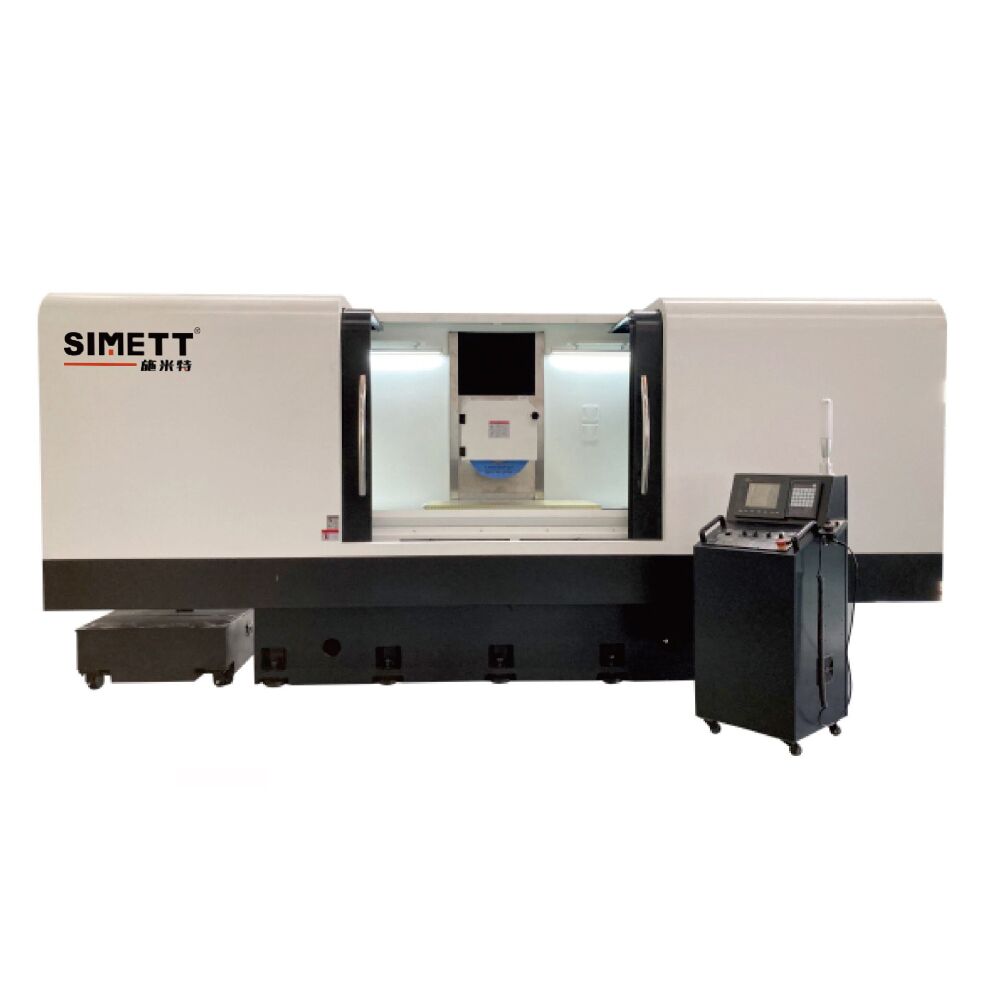Does the surface grinder machine have any special requirements for workshop temperature/humidity/vibration?
2025-06-25
As a high-precision metal processing equipment, the surface grinder machine has relatively strict requirements on the temperature, humidity and vibration of its working environment to meet the needs of its precision size and shape tolerance. The workshop temperature is crucial to the operation of the surface grinder, because metal materials have the characteristics of thermal expansion and contraction. The significant fluctuation of the ambient temperature will cause the machine bed, workbench and processed workpiece to change in size, which directly affects the precision stability of the processing. It is usually recommended to maintain a constant temperature environment of 20±1℃ to minimize thermal deformation errors.
The humidity of the workshop should not be ignored either. Excessive humidity will accelerate the rust and aging of the precision guide rails, lead screws and electrical components of the surface grinder machine. Excessive humidity may accumulate static electricity in the processing area or affect certain lubrication effects. The ideal range is usually controlled between 50%-60% relative humidity. Vibration interference is particularly fatal to surface grinders that are performing high-precision grinding. Whether it is from the operation of other heavy equipment in the workshop, structural vibration caused by external traffic, or vibration caused by the imbalance of the grinding wheel or abnormal drive system, vibration marks will be formed on the surface of the workpiece, seriously damaging the surface finish and geometric accuracy.
The site where the surface grinder is installed needs to be far away from the vibration source. If necessary, an independent foundation should be built and efficient vibration isolation measures should be adopted. The dynamic balance of the machine tool's spindle, the dressing of the grinding wheel, and the stability of the feed system also need special maintenance. In short, in order to ensure that the surface grinder machine can exert its excellent processing capabilities and achieve micron-level dimensional accuracy and nanometer-level surface quality, effective control of the temperature stability, humidity suitability, and vibration isolation of the workshop environment is an essential basic maintenance point.














